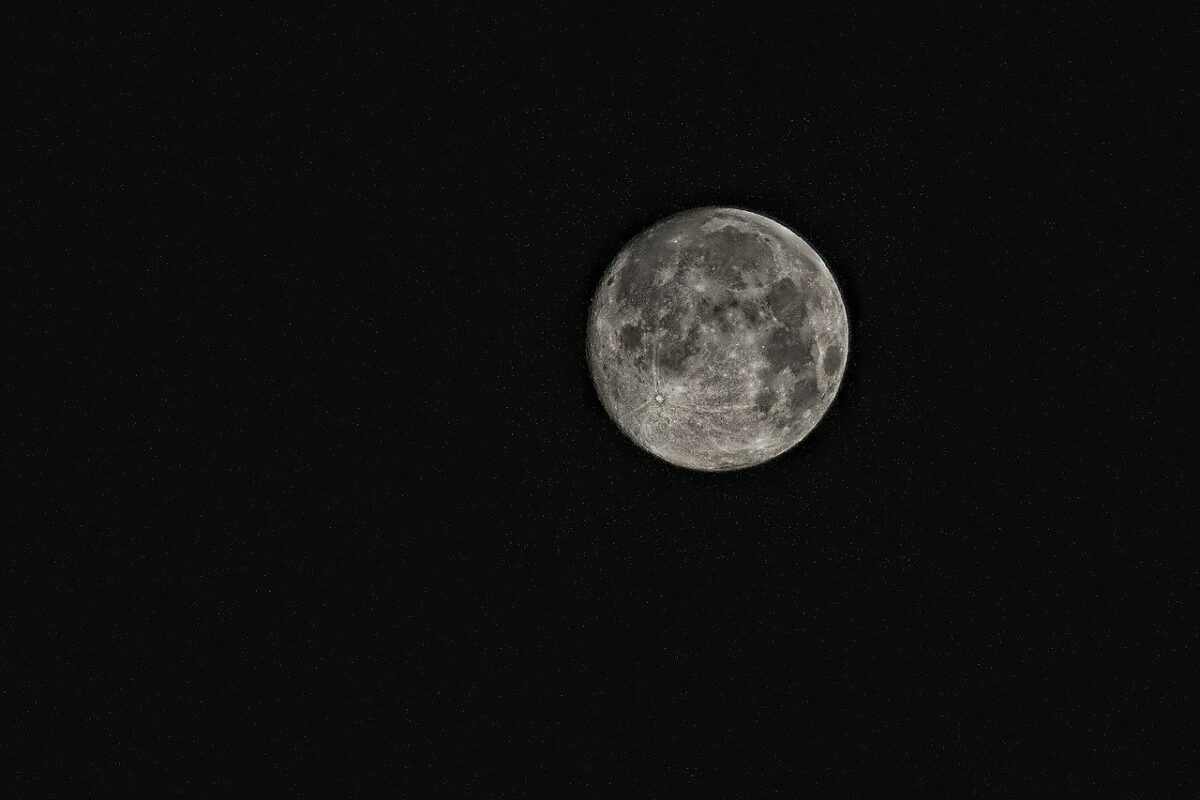@Peter Dargartz/Pixabay
DE
Die Presseschau dieses Monats gestaltet sich – wie das Wetter – sehr abwechslungsreich. Von kulinarischen Köstlichkeiten aus dem All über tierisch anmutende Roboter bis hin zu möglichen Hinweisen auf die Entstehung von Leben auf der Erde – da sollte für jeden etwas Spannendes dabei sein.
Delikatesse aus dem All
Eine Meldung der New York Times wird vor allem die Herzen aller Weinfreunde unter uns höher schlagen lassen: das Auktionshaus Christies versteigert die Flasche eines französischen Weins, die sich vierzehn Monate auf der Internationalen Raumstation befand. Das Unternehmen Space Cargo Unlimited hat insgesamt zwölf Weinflaschen ins All geschickt. Einige ausgewählte Weinkenner:innen und Wissenschaftler:innen durften bereits im März diesen Jahres den weit gereisten Wein probieren. Ob die Schwerelosigkeit im Weltall einen Einfluss auf den Geschmack hat, ist bisher unklar. Immerhin scheint der Wein durch seine Reise gealtert zu sein.
Der gute Tropfen lässt sich allerdings einiges kosten. Für rund eine Millionen Dollar plant das Auktionshaus die Flasche zu versteigern. Mit dem Erlös sollen weitere Experimente des Unternehmens im All gefördert werden. Wer weiß, was für „spacige“ Getränke wir in Zukunft im Supermarkt finden…
Eine Spinne für den Mond
Die Europäische Weltraumorganisation ESA plant bereits in vier Jahren die erste Mondmission für sogenannte In-Situ Resource Utilization (ISRU). Dabei sollen Ressourcen, die für uns Menschen überlebenswichtig sind, mithilfe von Robotern direkt auf dem Mond produziert werden. Dafür müssen Roboter allerdings zunächst lernen, autonom im Team zusammenzuarbeiten. Gefördert von der Europäischen Kommission entstand zu dem Zweck 2019 das Projekt „Pro Act“ mit dem Ziel, entsprechende Technologien zu entwickeln. Daraus ist unter anderem der Laufroboter Mantis des Robotics Innovation Center des Deutschen Forschungszentrums für Künstliche Intelligenz (DFKI) entstanden, der mit seinen sechs Beinen an eine Spinne erinnert. Gemeinsam mit dem Rover VELES soll Mantis eine ISRU-Anlage aufbauen, berichtet die Astronews-Website.
Proben aus der Ferne
Vergangene Woche hat ein Raumfahrzeug der NASA nach zweijähriger Reise durch das Weltall seinen Rückweg in Richtung Erde angetreten. Das OSIRIS-REx Raumfahrzeug hat Proben eines Asteroiden mit im Gepäck, welcher rund 320 Kilometer von der Erde entfernt ist. Die Proben weisen anscheinend Spuren von Hydrogen- und Sauerstoffmolekülen auf – beides Moleküle, die für die Entstehung von Wasser notwendig sind. Leider müssen wir uns noch etwas gedulden, bis wir sie genauer untersuchen können: Die Rückreise von OSIRIS-REx wird wohl noch rund zwei Jahre dauern. Aber das Warten lohnt sich: Laut Wissenschaftler:innen könnten die Proben Hinweise auf den Ursprung von Leben auf der Erde enthalten!
Von Neele Mühlhoff
ENGL
This month’s press review – like the weather – is very mixed. From culinary delicacies from outer space to animal-like robots to possible clues about the origin of life on Earth – there should be something exciting for everyone.
Special delivery from space
A report in the New York Times will make the hearts of all wine lovers skip a beat: Christie’s is auctioning off a bottle of French wine that had been on the International Space Station for fourteen months. The company Space Cargo Unlimited sent a total of twelve wine bottles into space. Some selected wine connoisseurs and scientists got to taste the well-traveled wine in March. The wine seems to have aged due to its journey, but at this point it is unclear whether the weightlessness in space influences the taste.
The extraordinary bottle comes with a hefty price tag. The auction house plans to sell the bottle for around one million dollars. The proceeds are to be used to promote the company’s further experiments in space. Who knows what kind of “spacey” drinks we’ll find in the supermarkets of the future…
A spider for the moon
The European Space Agency (ESA) is planning their first lunar mission for so-called In-Situ Resource Utilization (ISRU), set to launch in just four years. The idea is to have resources essential for human survival produced by robots directly on the moon. However, robots must first learn to work autonomously as a team. Funded by the European Commission, the “Pro Act” project was launched in 2019 with the aim to develop appropriate technologies. Among other innovations, this has resulted in the walking robot Mantis from the Robotics Innovation Center of the German Research Center for Artificial Intelligence (DFKI). The robot resembles a spider with its six legs. The Astronews website reports that Mantis will build an ISRU facility with help from the rover VELES.
Samples from afar
Last week, a NASA spacecraft began its return trip towards Earth after a two-year journey through space. The OSIRIS-REx spacecraft is carrying samples from an asteroid that is positioned about 320 kilometers away from our planet. The samples show traces of hydrogen and oxygen molecules – which are both necessary for water formation. Unfortunately, we will have to be patient for a while longer; OSIRIS-REx’s return trip will probably take another two years or so. Nonetheless, the long wait will be worth it: According to scientists, the samples could contain clues to the origin of life on Earth!
By Neele Mühlhoff


1 Comment